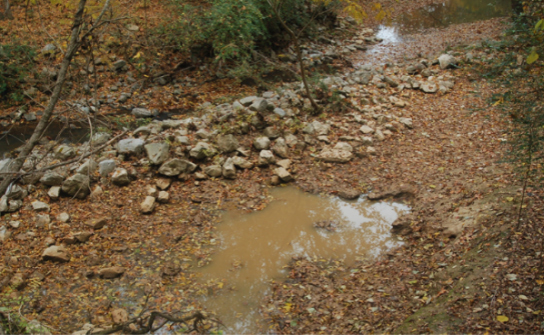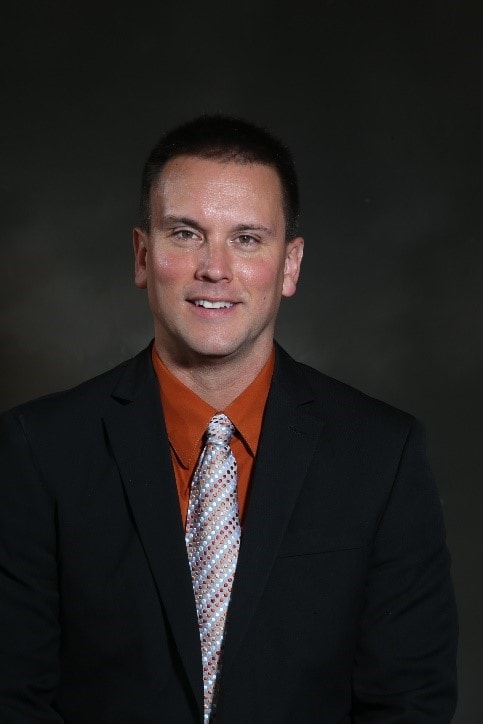Maintaining a natural channel within a normal range of geomorphic dimensions and biological conditions with engineered, hydraulic structures is important for several reasons including sediment transport, depth variation, bedform and aquatic habitat maintenance, and aquatic faunal access to biocomplex habitats. By integrating engineered structures with aquatic biosystems, a holistic and complete stream corridor is achievable. However, the linkage between engineered structures and measures of aquatic habitat and biodiversity has not been adequately studied. For instance, the aquatic biological functionality of longitudinal stone toes, an engineered structure, is unknown (Figure 1).

The overall research goal and objective of this research are to link engineering practices, used in stream restoration and channel stability, with measures of environmental processes associated with aquatic biosystems. Our team will leverage two on-going, restoration projects in the Memphis District: North DeSoto County and Running Reelfoot Bayou by serving on the restoration design team and promoting EWN® principles. Both projects offer excellent opportunities to collaborate across mission areas and agencies (USFWS, NRCS, States of Mississippi and Tennessee). We have positioned ourselves to utilize these rare, resourceful opportunity to evaluate pre- and post-construction, physiochemical and biological conditions. We have already completed stream assessments, formulated a stream condition index (SCI) model certified by ECO-PCX (Pruitt et al. 2020), and made design recommendations. Products will include: 1) determine outcome of four testable hypotheses; 2) test, verify and refine biological methods as appropriate links between engineered structures and biological response; and 3) statistically formulate rapid, accurate surrogates of engineering and biological linkage for long-term project success monitoring.


